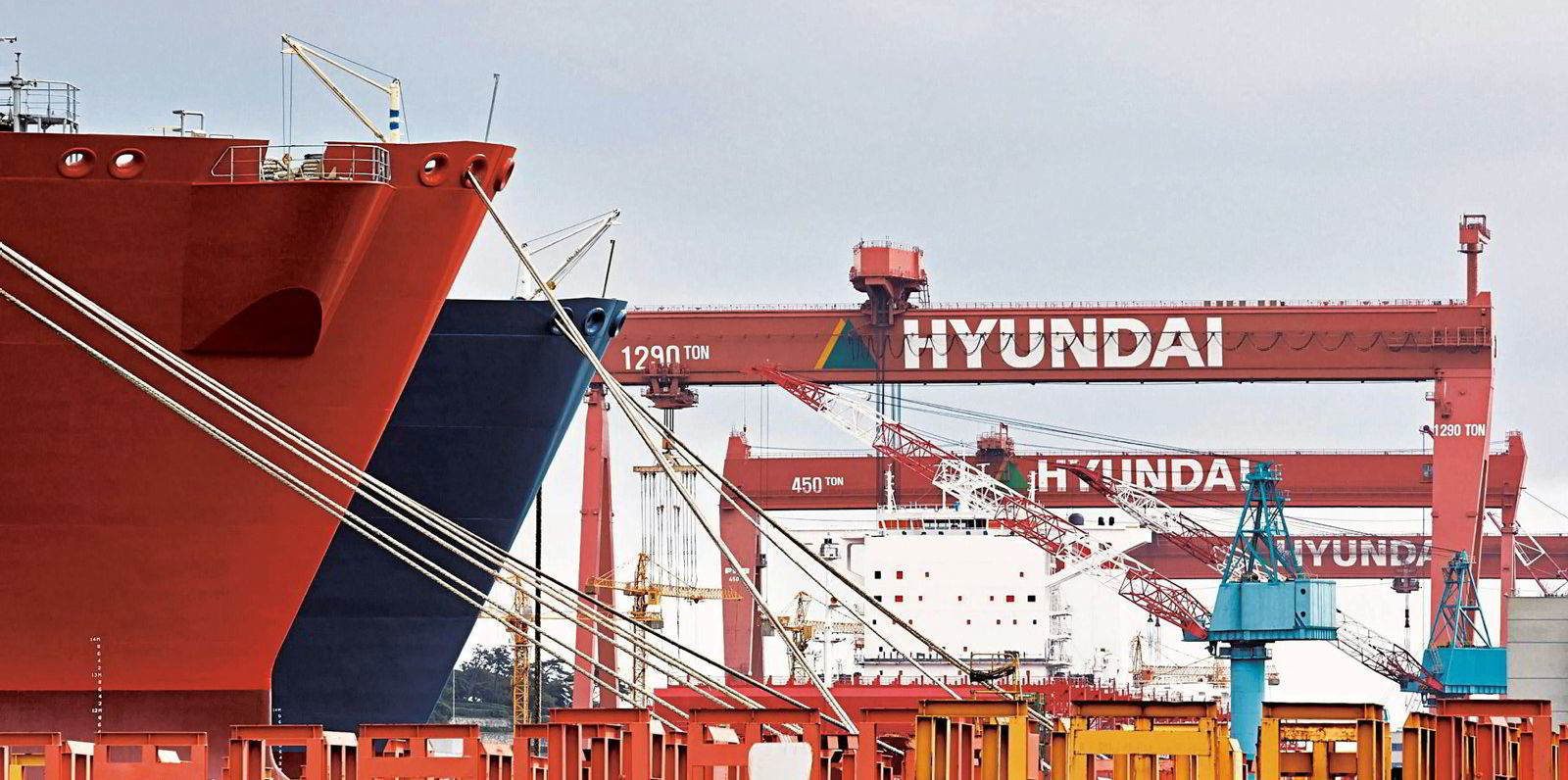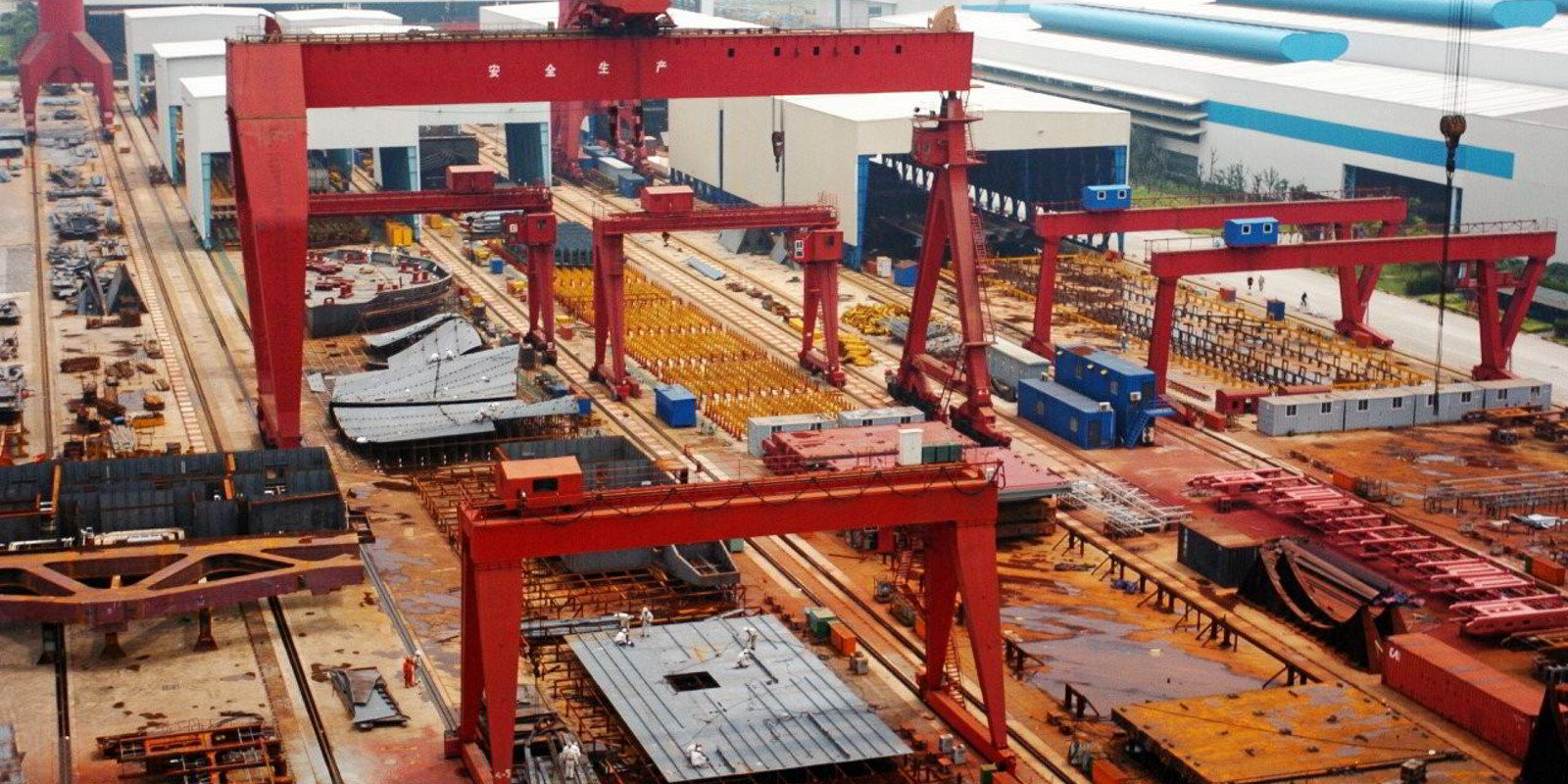Greek shipowner Dynagas has been named as the company that ordered three large LNG carriers in South Korea.
On 3 March, Korea Shipbuilding & Offshore Engineering announced that it had scooped contracts for three LNG newbuildings that are due for delivery by 2025, without naming the contracting party.
TradeWinds reported that they will be 200,000-cbm capacity vessels priced at around $235m each.
Sources close to the order said Dynagas is the party behind the deal. They expect it may have tied up, or be in the process of securing, charter business for the ships.
Dynagas chief executive Tony Lauritzen did not reply to requests for confirmation of the newbuilding contracts.
To date, the Greek company is the only shipowner to have ordered LNG carriers of this size.
In 2020, it silently upped the size for a first pair of ships being built at Hyundai Heavy Industries from 180,000 cbm to 200,000 cbm.
It followed this with a further four super-sized ships also ordered at 200,000 cbm.
It later emerged that all six vessels — scheduled for handover dates by the end of 2023 — are fixed on multi-year to long-term charters with US producer Cheniere Energy.
Aside from Qatar’s Q-ship fleet of 215,000-cbm and 265,000-cbm vessels, the largest trading or on-order LNG carrier to date is 180,000 cbm.
Speaking to TradeWinds after it ordered its first pair of 200,000-cbm ships, Lauritzen said the company saw a need in the market for larger ships that would give the lowest cost of transport for long-haul trades while still retaining their terminal compatibility.
He said the decision also had an environmental focus, in that the vessels will be able to ship larger volumes at slower speeds with lower emissions.
The 200,000-cbm LNG carriers have been designed to be compatible with most LNG terminals and can transit the expanded Panama Canal.
They are being built with GTT’s Mark III plus membrane-type containment system, which offers the lowest cargo boil-off of 0.065% per day in laden condition, and will be fitted with low-pressure ME-GA two-stroke dual-fuel engines.







